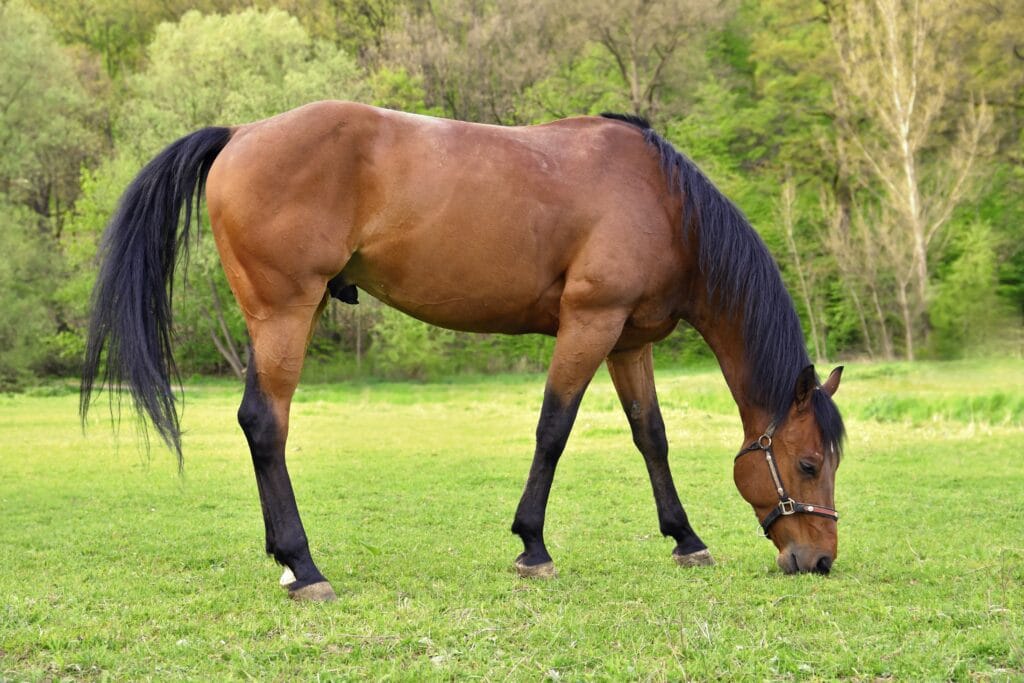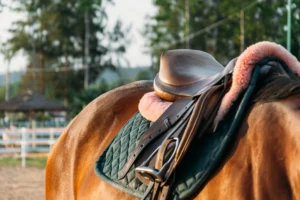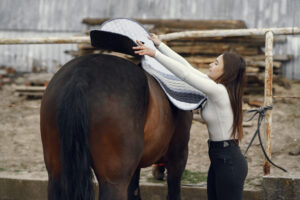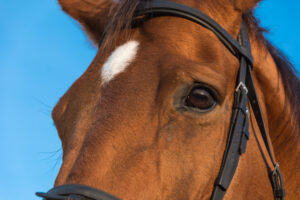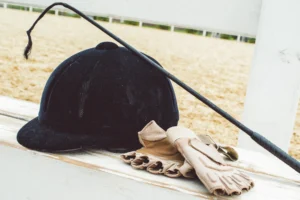The American Quarter Horse is renowned not only for its remarkable versatility and athletic prowess but also for its stunning array of coat colors and patterns. Understanding quarter horse colors goes beyond mere aesthetics—it offers insights into genetics, breeding potential, and the rich heritage of America’s favorite horse breed. From the classic bay to the eye-catching palomino to rare and unusual combinations, quarter horse colors showcase nature’s artistic diversity in equine form.
With over 6 million registered American Quarter Horses worldwide, according to the American Quarter Horse Association (AQHA), the variety of quarter horse colors available today demonstrates centuries of selective breeding and genetic diversity. Whether you’re a seasoned breeder, a prospective owner, or simply an admirer of these magnificent animals, exploring the spectrum of quarter horse colors reveals the fascinating intersection of science, history, and beauty.
In this comprehensive guide, we’ll explore ten of the most stunning quarter horse colors, diving into their genetic foundations, distinguishing characteristics, and historical significance within the breed. From the most common to the rarest quarter horse colors, you’ll gain a deeper appreciation for the chromatic diversity that makes this breed so visually captivating.
Understanding Quarter Horse Color Genetics
Before diving into specific colors, it’s important to understand the genetic foundations of quarter horse colors. According to the UC Davis Veterinary Genetics Laboratory, one of the leading equine genetics research centers, quarter horse color genetics operate on several key principles:
Base Colors: The Foundation
All quarter horse colors begin with three possible base colors:
- Black: Determined by the dominant “E” allele at the Extension locus
- Bay: Black base with the agouti gene (A) that restricts black pigment to the points (mane, tail, lower legs)
- Chestnut/Sorrel: Determined by the recessive “e” allele, resulting in a red coat
Dr. Ann Bowling, a pioneering researcher in quarter horse color genetics, noted in her seminal work that these three base colors form the foundation upon which all other quarter horse colors are built. As explained in the Equine Color Genetics resource, additional genes then act upon these base colors to create the wide variety of quarter horse coat colors we see today.
Dilution Genes: Creating Variety
Dilution genes modify the base colors to create many popular quarter horse colors:
- Cream gene (Cr): Creates palomino, buckskin, and cremello
- Dun gene (D): Produces dun, grullo, and red dun
- Silver gene (Z): Lightens black pigment but leaves red unaffected
- Champagne gene (Ch): Dilutes both red and black pigment while creating distinctive mottled skin
Pattern Genes: Adding Complexity
Pattern genes add further diversity to quarter horse colors:
- Roan: Intermixes white hairs throughout the coat while leaving the head, mane, tail, and lower legs the base color
- Gray: Progressive whitening of the coat over time
- Overo and Tobiano: Various types of white spotting patterns
According to the AQHA Color and Markings Guide, understanding these genetic mechanisms enables breeders to predict and sometimes deliberately produce specific quarter horse colors.
Now, let’s explore ten stunning quarter horse colors that showcase this breed’s remarkable chromatic diversity.
1. Bay Quarter Horse: The Classic Beauty
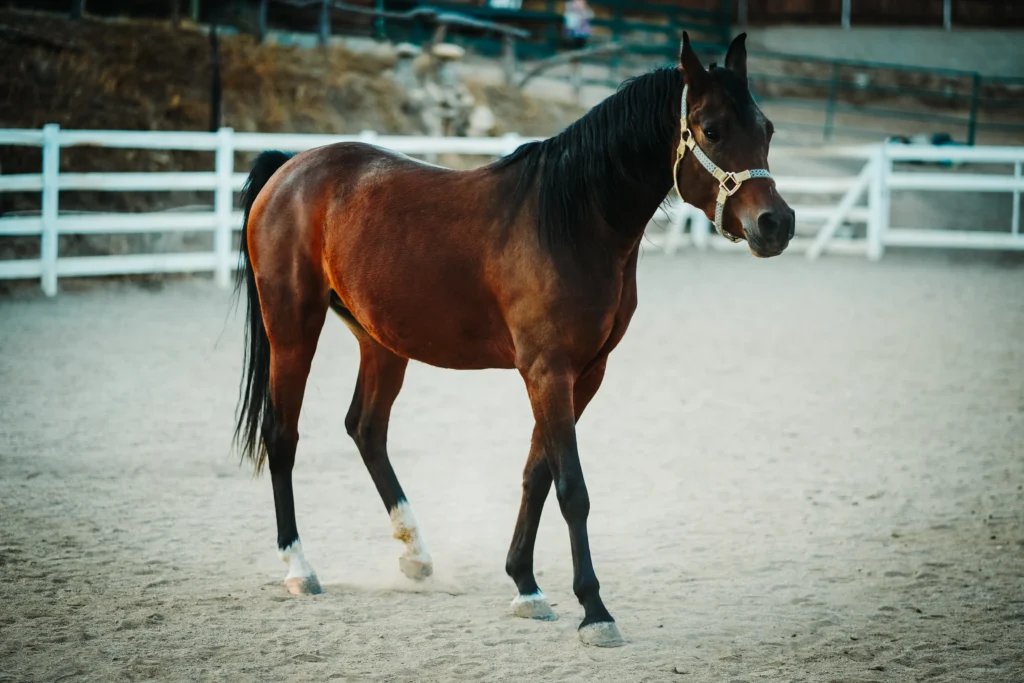
The bay quarter horse color is often considered the quintessential quarter horse color, combining rich aesthetics with historical significance.
Characteristics of Bay Quarter Horses
A true bay quarter horse color features:
- Reddish-brown body ranging from light to dark mahogany
- Black “points” (mane, tail, ear edges, and lower legs)
- Often a dorsal stripe
- Clear distinction between body color and black points
According to statistics from the AQHA Registration Department, bay represents one of the most common quarter horse colors, making up approximately 30% of registered American quarter horse colors.
Historical Significance
Bay has featured prominently throughout the development of the Quarter Horse breed. The legendary foundation sire “Steel Dust” was a bay, establishing this as one of the classic quarter horse colors from the breed’s earliest days. The American Quarter Horse Hall of Fame features numerous bay champions who have shaped the breed’s development.
Respected trainer Bob Avila notes that while quarter horse colors have no direct impact on performance, “The classic bay has become almost symbolic of the breed’s versatility and athletic ability.”
2. Sorrel/Chestnut: America’s Favorite Red
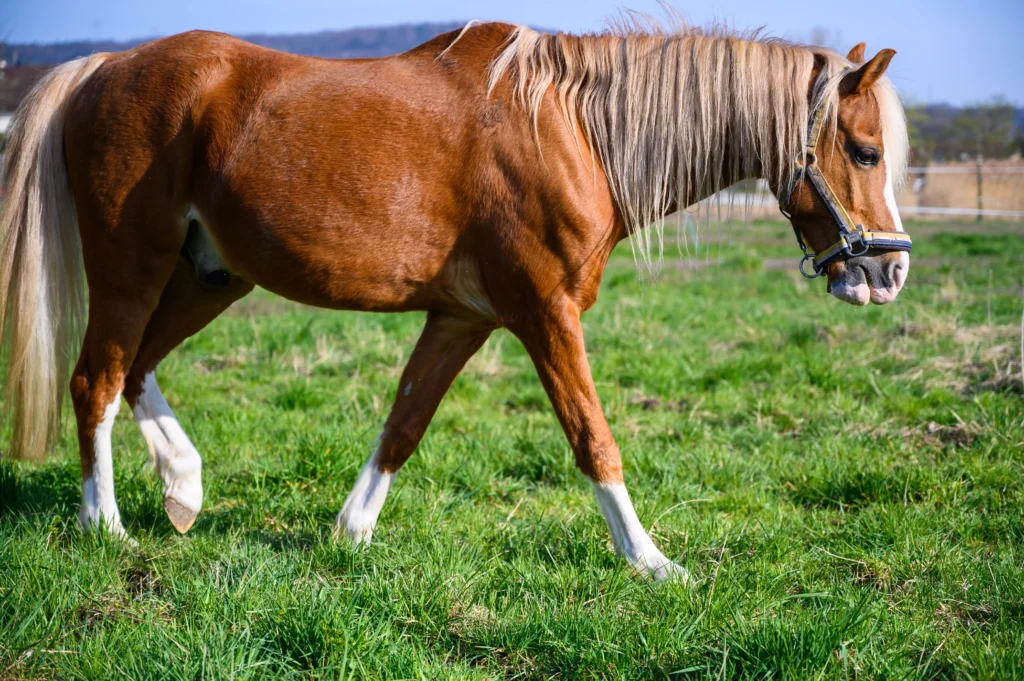
Often considered the most prevalent of all quarter horse colors, sorrel (also called chestnut in some circles) showcases various shades of red without any black points.
Distinguishing Sorrel Characteristics
Authentic sorrel quarter horse colors feature:
- Reddish body ranging from light copper to deep liver chestnut
- Mane and tail that match or are lighter than the body color (never black)
- No black points anywhere on the body
- Often flaxen (lighter) mane and tail in lighter sorrels
The Colorado State University Equine Sciences Program research confirms that sorrel/chestnut represents approximately 35% of registered quarter horse colors, making it statistically the most common color in the breed.
Genetic Simplicity
From a quarter horse color genetics standpoint, sorrel/chestnut is the simplest color, being homozygous recessive for the extension gene (e/e). This genetic simplicity contributes to its prevalence among quarter horse coat colors.
Dr. Phillip Sponenberg, a leading expert in equine color genetics at Virginia Tech, explains: “The prevalence of sorrel among quarter horse colors demonstrates how a recessive trait can become dominant in a population through selective breeding.”
3. Palomino Quarter Horse: The Golden Standard
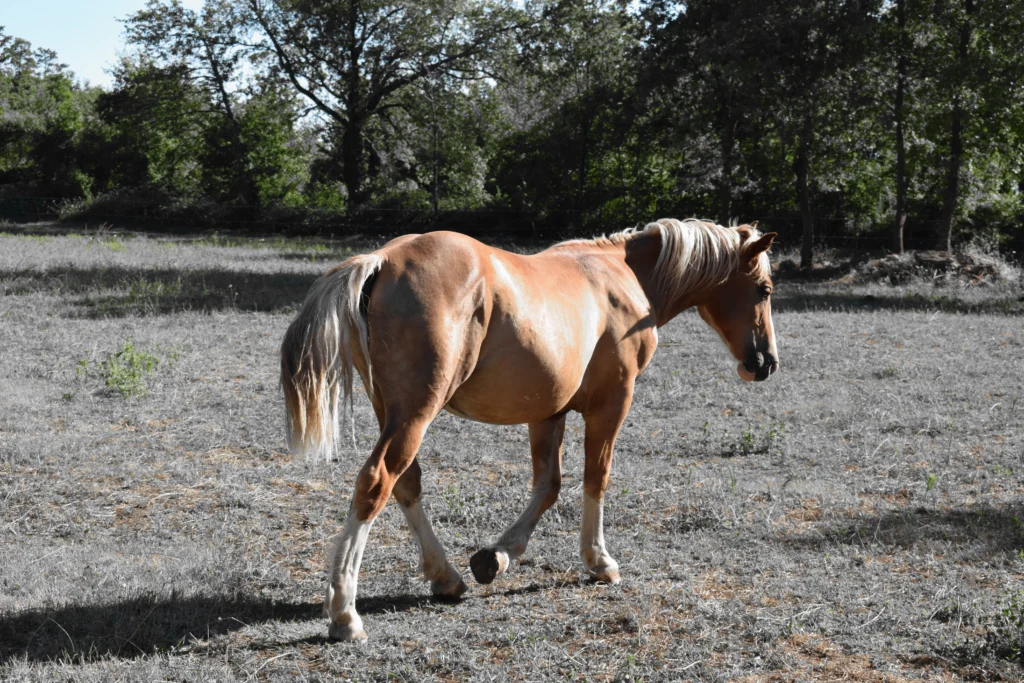
Few quarter horse colors capture attention like the golden coat of a palomino. This stunning color has been prized for centuries for its aesthetic appeal and relative rarity.
The Golden Characteristics
A true palomino quarter horse color displays:
- Golden body color ranging from light cream to dark gold
- White or cream-colored mane and tail
- Dark skin underneath the coat (distinguishing it from cremello)
- No dorsal stripe (distinguishing it from dun)
According to the Palomino Horse Association, this color occurs in approximately 5-8% of registered quarter horse colors, making it relatively uncommon but not rare.
Genetic Foundation
The palomino quarter horse color results from:
- A chestnut/sorrel base (e/e)
- One copy of the cream dilution gene (Cr/n)
- The specific interaction of these genes creates the golden body with lighter mane and tail
The Palomino Horse Breeders of America notes that breeding two palominos has only a 25% chance of producing another palomino foal, explaining why this remains one of the more sought-after quarter horse colors.
Hollywood has helped popularize the palomino quarter horse color through famous equine actors like “Trigger,” Roy Rogers’ trusty mount, bringing these golden quarter horse colors into the popular imagination.
4. Buckskin Quarter Horse: Desert Gold
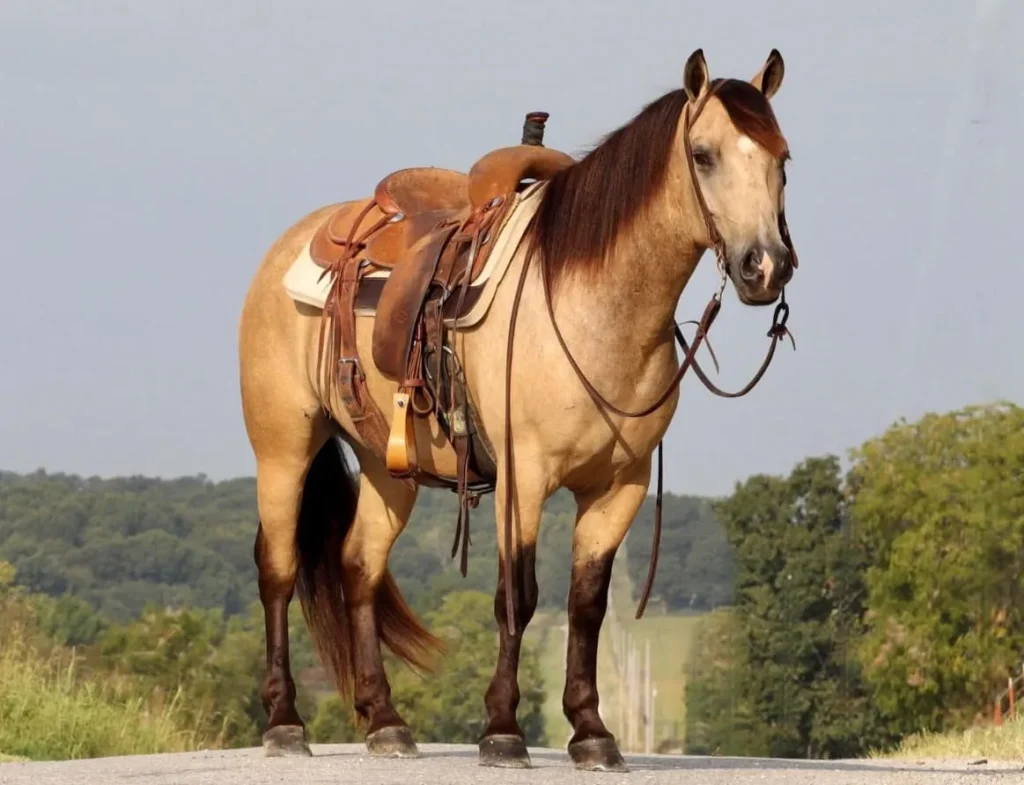
The buckskin quarter horse color combines the richness of bay with the golden influence of the cream gene, creating a distinctive and highly sought-after coat color.
Distinguishing Buckskin Features
Authentic buckskin quarter horse color displays:
- Body color ranging from yellow-gold to deep golden tan
- Black points (mane, tail, lower legs)
- Often a dorsal stripe
- Dark skin underneath the coat
The International Buckskin Horse Association estimates that buckskin represents approximately 2-3% of registered American quarter horse colors, making it less common than bay or sorrel.
Genetic Makeup
The buckskin quarter horse color results from:
- A bay base (E/_ A/_)
- One copy of the cream dilution gene (Cr/n)
- This combination dilutes the bay’s red/brown body while leaving the black points intact
Dr. Samantha Brooks from the University of Florida Equine Sciences program explains, “The buckskin represents a perfect example of how dilution genes modify base colors to create the spectrum of quarter horse colors we see today.”
Historical Significance
Many of the early mustangs and working ranch horses in the American West were buckskins, lending this color historical significance in quarter horse colors. Their ability to blend into desert landscapes while remaining visible to riders made them practical choices for working cowboys.
5. Black Quarter Horse: Elegant Simplicity
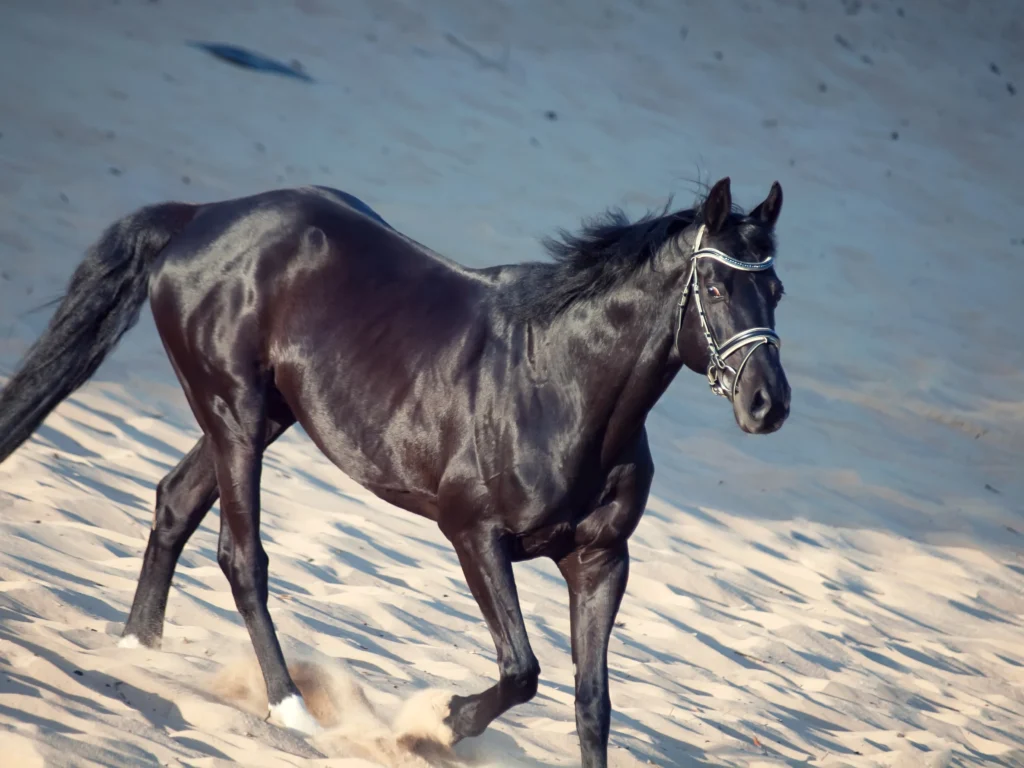
Though less common than bay or sorrel, the black quarter horse color offers timeless elegance through its uniform dark coat.
True Black Characteristics
Genuine black quarter horse colors feature:
- Uniform black coat with no brown areas
- Black mane, tail, and points
- Often appears bluish in direct sunlight
- No tan or brown areas around the muzzle or flanks (distinguishing it from dark bay/brown)
According to Penn State Extension’s Equine Science program, true black makes up approximately 7-8% of registered quarter horse colors, making it relatively uncommon.
Genetic Foundation
Black quarter horse coat colors result from:
- The dominant Extension gene (E/_)
- The recessive agouti gene (a/a), which allows black pigment to express uniformly across the body
- No dilution genes affecting expression
Many black horses that appear to fade or “sun bleach” to brown in summer may actually be genetically brown rather than true black. According to research from the University of California, Davis, testing can now differentiate between these similar quarter horse colors.
Cultural Significance
Black horses have long held mythical status across cultures, often associated with power, mystery, and elegance. In quarter horse colors, black has been prized for its striking appearance in the show ring and dramatic presence.
6. Dun Quarter Horse: Primitive Markings
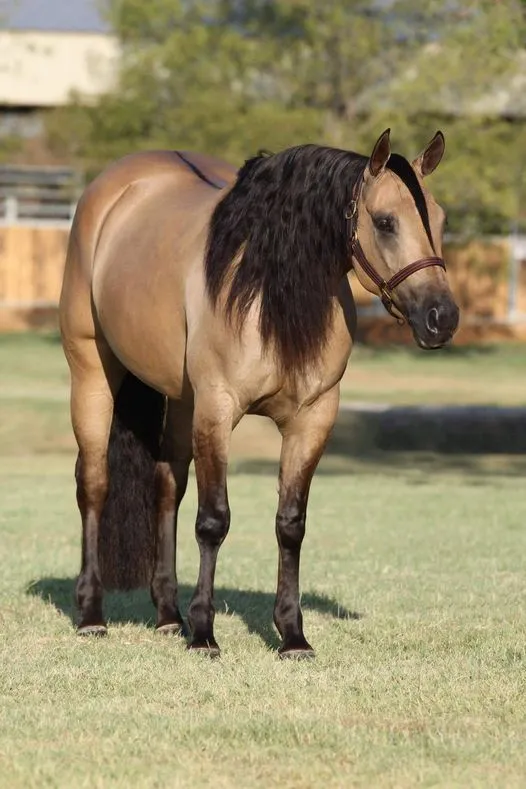
Dun represents one of the most visually distinctive quarter horse colors, featuring primitive markings that trace back to the breed’s wild ancestors.
Distinctive Dun Features
True dun quarter horse colors display:
- Diluted body color (yellow, cream, or reddish)
- Prominent dorsal stripe
- Zebra striping on legs
- Often shoulder striping or “barring”
- Dark points (except in red dun)
The Dun Central Station, a resource focused on dun quarter horse colors, notes that these primitive markings (collectively called “dun factors”) distinguish true duns from other similar colors.
Three Variations of Dun
Dun comes in three main variations among quarter horse colors:
- Classic Dun: Bay base with dun dilution (yellow body, black points)
- Red Dun: Sorrel/chestnut base with dun dilution (reddish body, lighter mane/tail)
- Grullo: Black base with dun dilution (mouse-colored body, black points)
Genetic Heritage
The dun gene is one of the oldest color genes in horses, present in prehistoric cave paintings. According to the Equine Color Genetics Resource, dun represents one of the few quarter horse colors that can be traced directly back to wild equids.
Dr. Gus Cothran, equine genetics researcher, explains, “The primitive markings in dun quarter-horse-colors are essentially the same markings we see in Przewalski’s horses, the last truly wild horse species.”
7. Roan Quarter Horse: Speckled Elegance
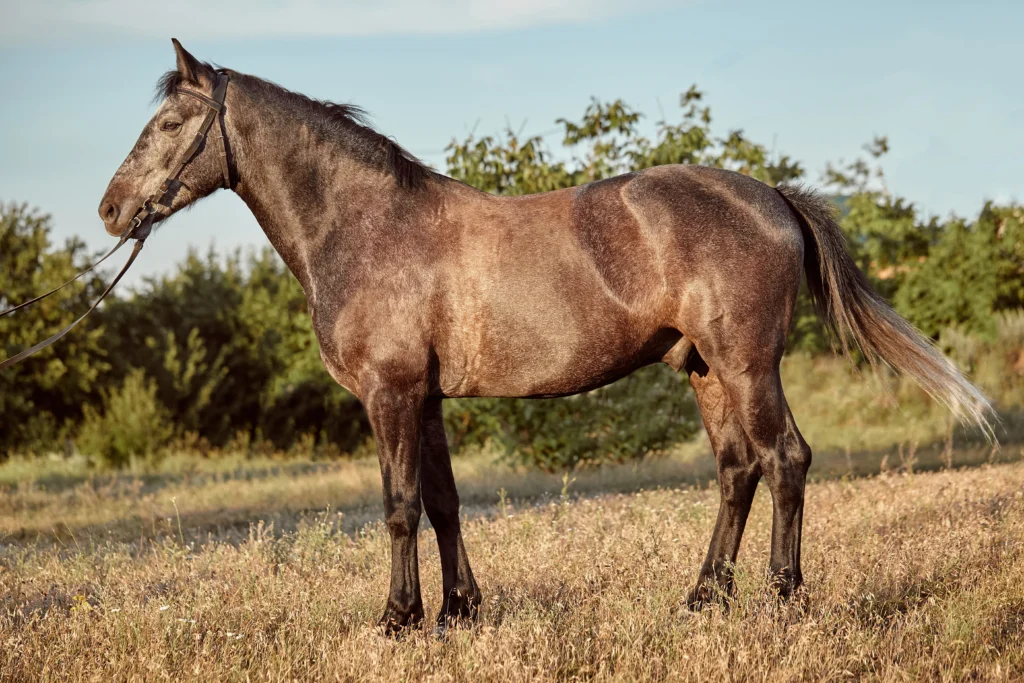
Roan represents one of the most distinctive quarter horse colors, characterized by the uniform mixture of colored and white hairs throughout the body.
Roan Characteristics
True roan quarter horse colors feature:
- Uniform mixture of white and colored hairs on the body
- Solid-colored head
- Solid-colored legs, mane, and tail
- Often darker “corn marks” where the skin has been damaged
According to the American Roan Horse Association, roan occurs in approximately 6-7% of registered American quarter-horse-colors.
Roan Variations
Roan appears in several variations among quarter horse colors:
- Blue Roan: Black base with roan pattern (blue-gray appearance)
- Red Roan: Sorrel/chestnut base with roan pattern (strawberry appearance)
- Bay Roan: Bay base with roan pattern (red body with black points)
Genetic Uniqueness
Unlike many other quarter horse colors, the roan pattern is neither progressive nor regressive—horses are born roan and remain roan throughout their lives without significant changes. According to the Veterinary Genetics Laboratory, roan is caused by a dominant gene, so at least one parent must be roan to produce a roan foal.
Famous roan Quarter Horses include “Blue Valentine” and “Hancock Horses,” influential bloodlines that helped establish roan as one of the iconic quarter-horse-colors.
8. Grullo Quarter Horse: The Smoky Sophisticate
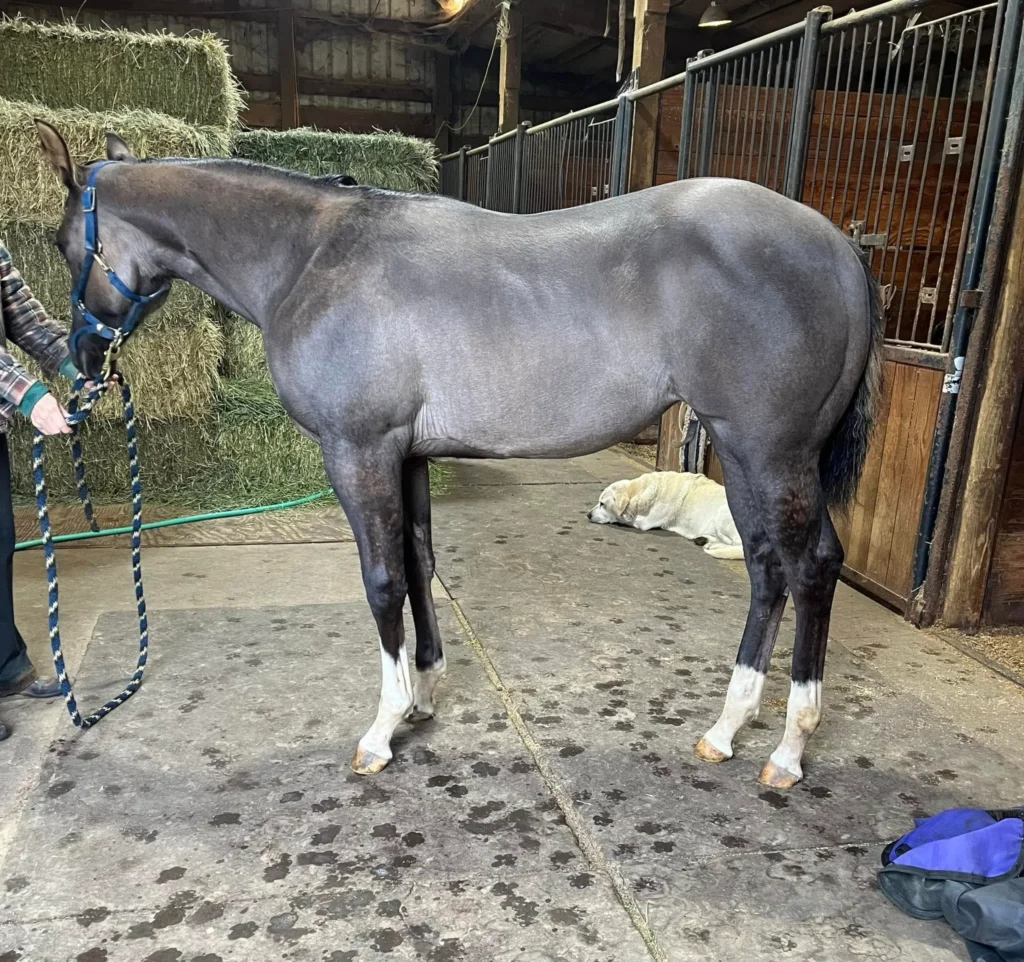
Grullo (sometimes spelled grulla) represents one of the most distinctive and sought-after quarter-horse-colors, combining primitive markings with a unique smoky appearance.
Defining Grullo Characteristics
Authentic grullo quarter-horse-colors display:
- Mouse or smoke-colored body (neither distinctly blue nor brown)
- Black points (mane, tail, lower legs)
- Pronounced dorsal stripe
- Often leg barring and shoulder stripes
- Dark face mask in some individuals
The Grullo Horse Association notes that this color makes up less than 2% of registered quarter-horse-colors, making it among the less common options.
Genetic Foundation
Grullo results from the combined action of:
- A black base color (E/_ a/a)
- The dun dilution gene (D/_)
- This combination creates the distinctive mouse-colored body while preserving the primitive markings
Dr. Phil Sponenberg explains, “Grullo showcases how dilution genes create dramatic variations in quarter-horse-colors without changing the underlying genetic structure of the breed.”
Weather Resistance
Interestingly, grullo quarter-horse-colors often display excellent resistance to sun fading, maintaining their distinctive coloration better than some other colors. This practical advantage made them popular among working ranch horses in the American Southwest.
9. Gray Quarter Horse: The Color Chameleon
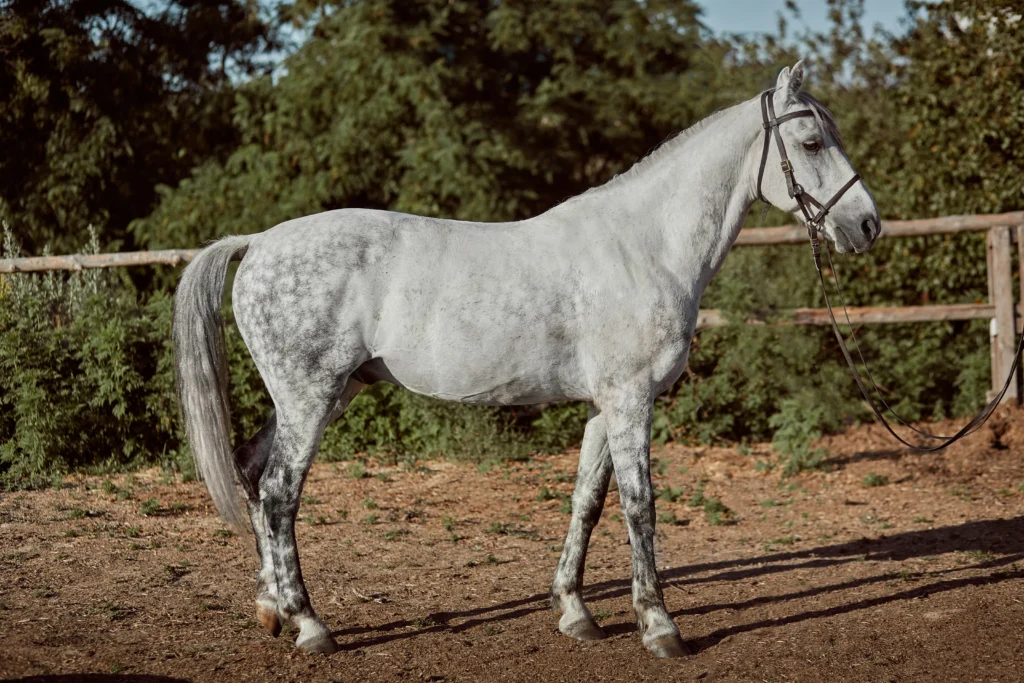
Gray occupies a unique position among quarter horse colors as it progressively changes throughout the horse’s life, eventually turning horses of any base color to white.
Gray Characteristics and Progression
Gray quarter horse colors feature:
- Progressive whitening of the coat throughout the horse’s life
- Born any color before graying process begins
- Often dappled appearance during middle stages
- Eventually becomes completely or nearly white
- Always maintains black skin underneath (distinguishing from true white)
According to the AQHA Color and Markings Guide, gray makes up approximately 10% of registered quarter horse colors.
The Gray Genetics
From a quarter-horse-colors genetics standpoint, gray is:
- Dominant (only one copy needed)
- Progressive (changes throughout life)
- Independent of base color (can affect any base color)
- Often accompanied by distinctive dappling patterns
The Equine Color Genetics Resource explains that gray horses are often mistakenly registered as roans or even as their birth color, creating some confusion in quarter horse colors registration statistics.
Notable Gray Quarter Horses
Famous gray Quarter Horses include “Peppy San Badger” (Little Peppy), who began life as a grullo before turning gray, demonstrating how this color can mask and eventually overcome other quarter horse colors.
10. Dappled Quarter Horse: Nature’s Art
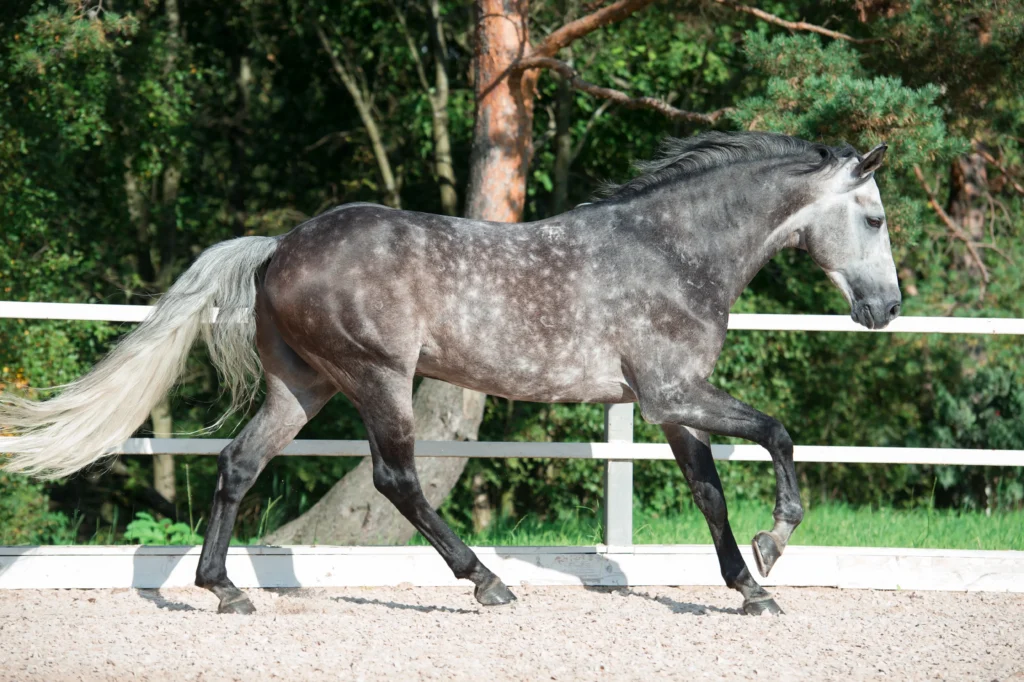
While not technically a separate color, dappled quarter horse colors represent some of the most visually striking variations within the breed. Dappling can occur across multiple base colors and patterns.
Defining Dappling Characteristics
True dappling in quarter-horse-colors features:
- Circular patterns of lighter hair surrounded by darker hair
- Most common on gray, bay, and black horses
- Often temporary or seasonal
- Most pronounced on the hindquarters and barrel
- Typically indicates excellent health and nutrition
The phenomenon of dappling across various quarter-horse-colors has been studied by the Kentucky Equine Research Center, which notes that dappling often correlates with peak physical condition.
Nutritional Connection
Unlike many other quarter-horse-colors that are strictly determined by genetics, dappling can be influenced by:
- Optimal nutrition, particularly involving copper and zinc balance
- Excellent overall health
- Proper grooming and coat care
- Seasonal changes in coat
Dr. Eleanor Kellon, veterinary nutritionist, observes, “The appearance of dapples across different quarter-horse-colors often signals ideal nutritional status and overall wellbeing.”
Dapple Gray: The Ultimate Expression
The most dramatic dappling occurs in dapple gray quarter-horse-colors, where:
- Distinctive light and dark rings create a spectacularly patterned coat
- The pattern changes over time as the horse continues to gray
- The effect resembles a living silver filigree
Many consider the dapple gray phase of gray quarter horse colors to be the most beautiful expression of equine coloration, though it is unfortunately temporary as the horse continues to lighten with age.
Quarter Horse Color Chart: A Visual Reference
For those interested in identifying and understanding the full spectrum of quarter horse colors, referencing a comprehensive quarter-horse-colors chart proves invaluable. According to the American Quarter Horse Association, their official quarter-horse-colors chart recognizes 17 distinct colors and patterns.
Function of Color Charts
A well-designed quarter horse color chart serves several purposes:
- Identification: Helping owners correctly identify their horse’s color
- Registration: Ensuring accurate documentation on registration papers
- Education: Teaching the distinguishing features between similar colors
- Breeding: Assisting breeders in understanding potential color outcomes
The UC Davis Veterinary Genetics Laboratory offers detailed quarter-horse-colors charts that include genetic information alongside visual representations, helping breeders predict potential quarter horse colors in breeding programs.
Beyond Basic Colors
Modern quarter horse color charts now include:
- Base colors (black, bay, sorrel/chestnut)
- Dilution colors (palomino, buckskin, dun, etc.)
- Patterns (roan, gray, etc.)
- Rare combinations (champagne, pearl, silver)
- White patterns (overo, tobiano, sabino)
The Equine Color Genetics Resource provides one of the most comprehensive quarter horse color charts available, including rare and newly identified quarter horse colors.
Rare Quarter Horse Colors: Genetic Treasures
While the ten colors discussed above represent the most common and recognizable quarter horse colors, certain rare variations exist that command premium prices and special attention from breeders and enthusiasts.
Champagne: Metallic Elegance
Among rare quarter horse colors, champagne stands out for its metallic sheen and unique characteristics:
- Diluted body color with metallic sheen
- Pink skin with abundant freckles
- Amber or hazel eyes
- Gold or chocolate coat tones
According to the Champagne Horse Registry, champagne occurs in less than 1% of registered quarter horse colors, making it genuinely rare.
Pearl: The Hidden Dilution
Pearl represents one of the most recently identified rare quarter horse colors:
- Subtle dilution effect when heterozygous
- Dramatic “pseudo-cremello” effect when combined with cream gene
- Can be difficult to identify without genetic testing
- Often mistaken for other quarter horse colors
The Pearlfactor Project documents these unusual quarter horse colors and their genetic foundations.
Silver: Black Magic
The silver gene creates stunning rare quarter horse colors by:
- Diluting black pigment in mane and tail to silver-white
- Lightening black body hair to chocolate
- Having no effect on red pigment
- Creating dramatic contrast in quarter horse colors
Dr. Sheila Archer, equine color genetics researcher, notes, “Some of the rarest quarter horse colors involve multiple dilution genes acting in combination, creating unique expressions not seen in other breeds.”
Quarter Horse Colors in Competition
While quarter horse colors are primarily aesthetic considerations, certain trends and preferences exist within different competitive disciplines.
Western Pleasure Preferences
In Western Pleasure competitions, certain quarter horse colors have traditionally been favored:
- Sorrel/chestnut often dominates the show ring
- Bay and black provide elegant contrast with western tack
- Palomino offers flash that catches judges’ eyes
The National Snaffle Bit Association has collected interesting statistics on winning quarter horse colors in pleasure classes, though they emphasize that movement and conformation matter far more than color.
Reining and Cutting Trends
In performance disciplines like reining and cutting:
- Distinctive quarter horse colors like roan and dun have historical associations with working bloodlines
- Grullo and buckskin connect to foundation bloodlines valued in these events
- Unusual quarter horse colors sometimes help competitors stand out in a large class
The National Reining Horse Association notes that while color preferences exist, they are far outweighed by athletic ability and training in determining competitive success.
Halter Class Considerations
In halter classes judging conformation:
- Dark solid quarter horse colors like bay and black can accentuate muscling
- Some judges acknowledge potential unconscious bias toward certain quarter horse colors
- Modern halter competition sees winners of all quarter horse colors
The AQHA World Show results demonstrate that champions come in all quarter horse colors, proving that quality transcends coat color.
Conclusion: Celebrating Chromatic Diversity
The remarkable variety of quarter horse colors reflects both natural genetic diversity and centuries of selective breeding within America’s most popular horse breed. From the classic bay to the golden palomino to rare combinations like champagne and pearl, quarter horse colors offer something to appeal to every aesthetic preference.
Understanding quarter horse coat colors goes beyond mere visual appreciation—it opens windows into genetics, breed history, and the ongoing evolution of these magnificent animals. Whether you’re a breeder working to produce specific quarter horse colors, a competitor selecting a horse that will stand out in your discipline, or simply an admirer of equine beauty, the spectrum of quarter horse colors provides endless fascination.
As research continues to uncover the genetic foundations of both common and rare quarter horse colors, our appreciation for these chromatic variations only deepens. The next time you admire a Quarter Horse, take a moment to consider the complex genetic orchestra that created its particular coat color—a living canvas showcasing nature’s artistic possibilities.
FAQs About Quarter Horse Colors
Q: Can two quarter horses of the same color produce a foal of a completely different color?
A: Yes, due to the complex genetics of quarter horse colors, two apparently similar-colored parents can produce surprisingly different offspring. For example, two palomino Quarter Horses can produce a chestnut (25% chance), another palomino (50% chance), or even a cremello (25% chance). According to the University of Kentucky Equine Programs, this genetic diversity contributes to the wide range of quarter horse colors seen today.
Q: Are certain quarter horse colors associated with specific performance abilities?
A: While folk wisdom sometimes suggests connections between quarter horse colors and abilities (like “duns are tough” or “sorrels are fast”), scientific research does not support direct links between color and performance. The Colorado State University Equine Sciences Program confirms that any apparent correlations likely result from bloodline preferences rather than the quarter horse colors themselves influencing ability.
Q: Do quarter horse colors affect price and marketability?
A: Yes, certain quarter horse colors can command premium prices in the marketplace. According to market analysis from Equine.com, unusual or eye-catching colors like buckskin, palomino, and blue roan often sell for 10-20% more than similarly bred sorrel or bay horses. However, in performance horse markets, bloodlines and training typically influence price far more than quarter-horse-colors.
Q: How accurate is color prediction in quarter horse breeding?
A: With modern genetic testing, breeders can predict possible quarter-horse-colors with increasing accuracy. The Animal Genetics Inc. laboratory offers tests for 17 different color genes affecting quarter horse coat colors, allowing breeders to understand exactly which color genes their breeding stock carries and calculate the mathematical probability of specific quarter-horse-colors in resulting foals.
Q: Do quarter horse colors change with the seasons?
A: Yes, many quarter horse colors display seasonal variations. Winter coats are often darker and sometimes appear to be different colors entirely. According to the Michigan State University Extension Equine Program, bay Quarter Horses frequently appear almost black in winter, while summer sun exposure can cause significant bleaching of darker quarter-horse-colors. Regular grooming and protective sheets can help maintain true quarter-horse-colors year-round.


